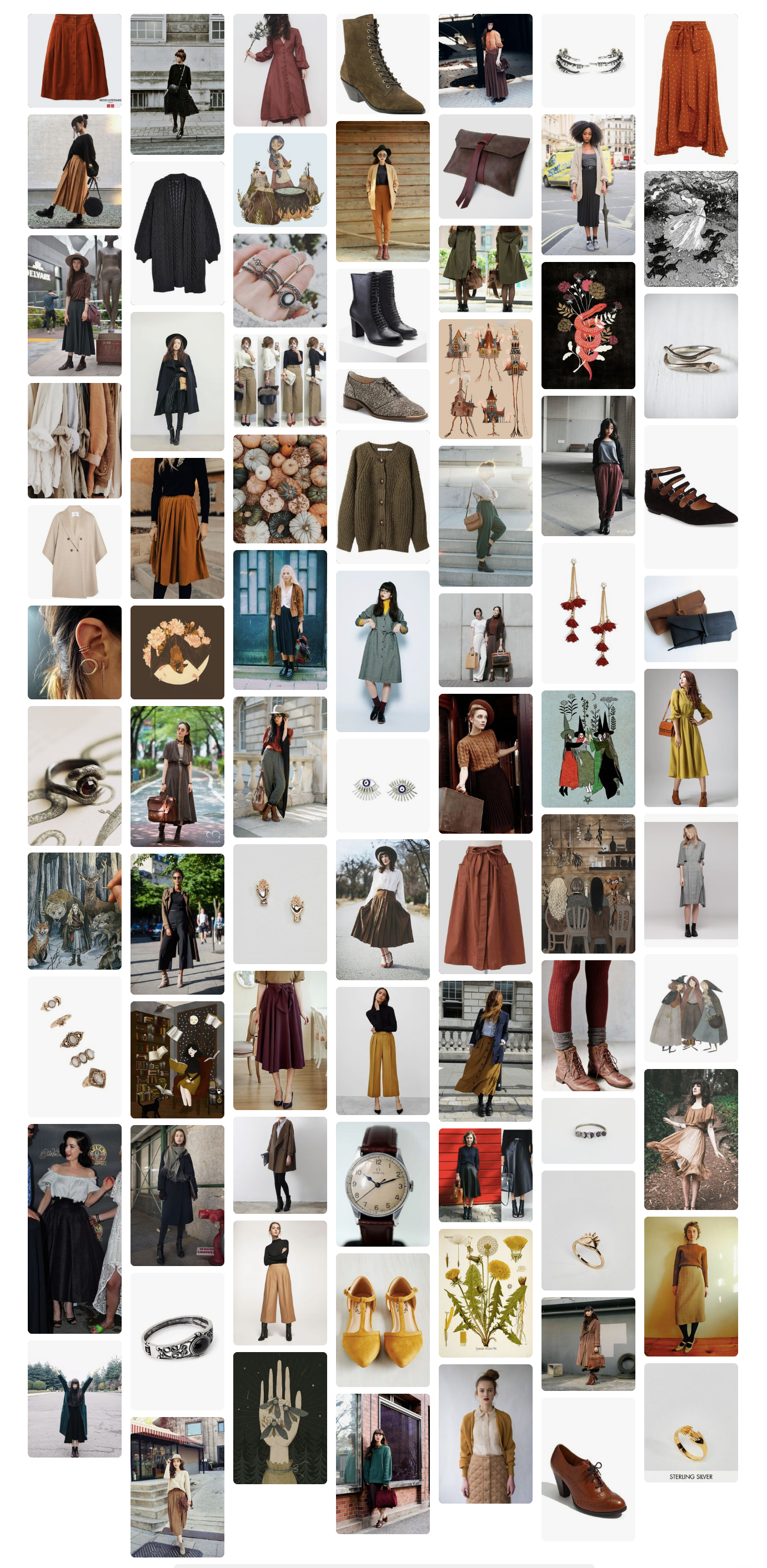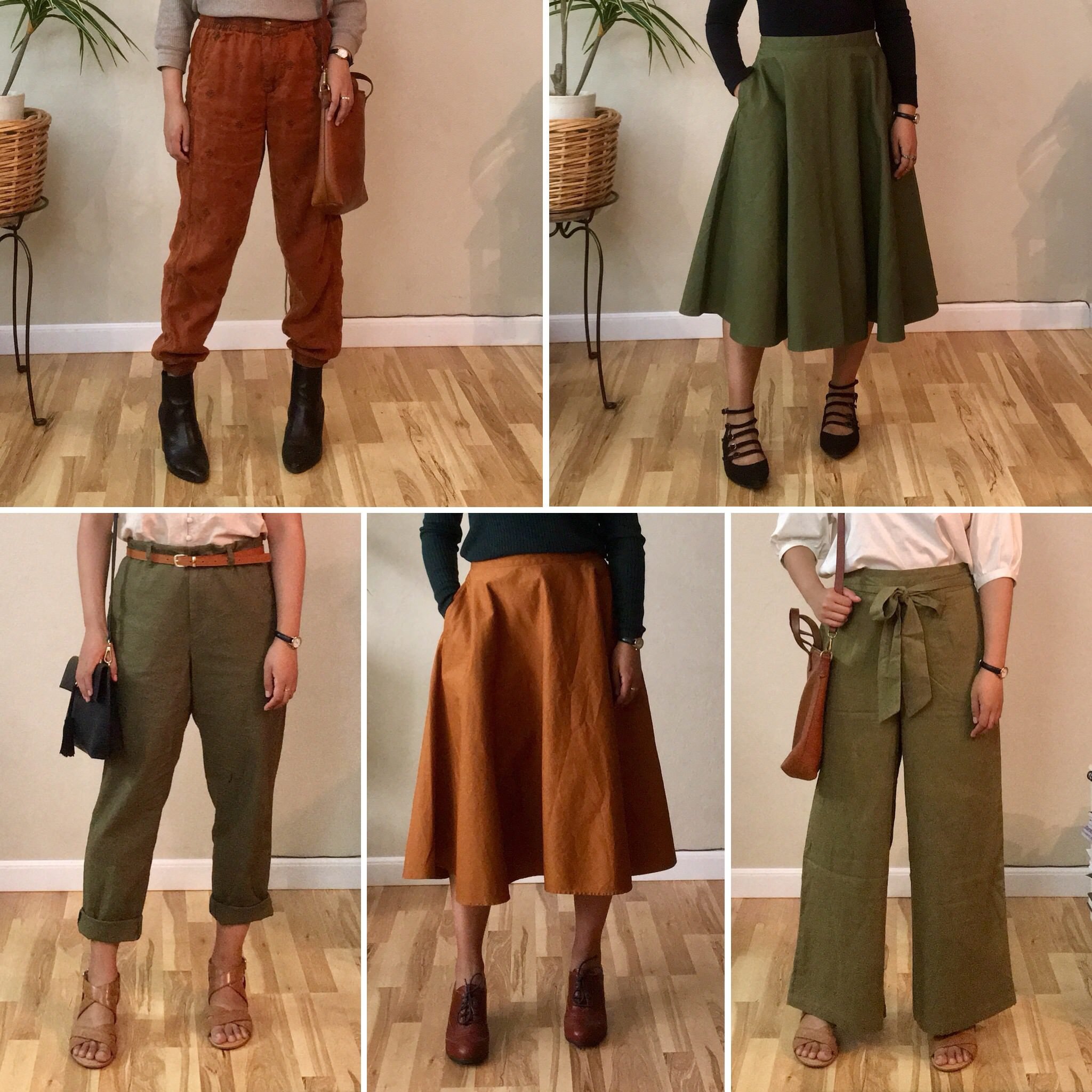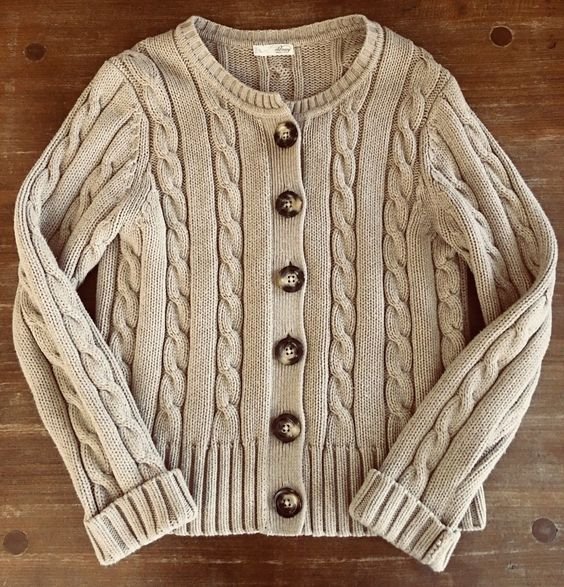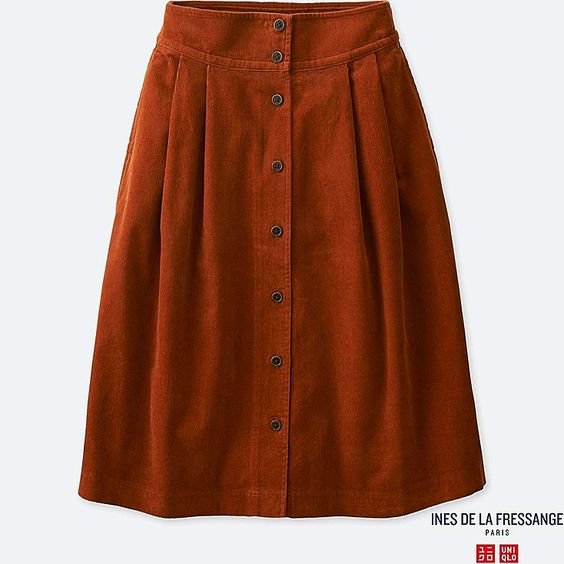Bringing the aesthetic of a Pinterest style board into your wardrobe
Now that the northern hemisphere is full swing into fall (well, according to the calendar, anyway), most retailers have their autumn lines out, which means means a prime selection for all things cozy and midweight. I included a wish list section in my August Wardrobe Round Up, but in this post I'm going to go over how I decide what I want to buy for a season, from pinpointing the aesthetic to settling on general types of items. The example here is for Fall/Winter, but I've used this method for non-seasonal style boards too.Even if you're not going to use the same method step for step, hopefully some part of this process is interesting for you! If you're not into making style boards, step 3 is probably the most relevant section for you.
Update: Click here to get the PDF guide to translating inspiration boards into wearable wardrobes
0. Make a style board (or find one that speaks to you)
I use Pinterest since it's the easiest way to find more photos, which is probably the most popular option for this sort of thing, but you can also just save photos to an album on your phone.I find that especially for long-running boards, the ideas can get a little fuzzy over time and it can be helpful to make a smaller board (maybe 15-30 items to start) to hone in on particular colors, silhouettes, or items you're drawn to. Making a style board and using Pinterest effectively is a post of its own (which I might make in the future), but some tips I have are
- If you have existing pins of outfits similar to your favorite ones or stock photos of your own staple pieces, integrate those into the board to give yourself some realistic anchor points.
- Hone in on a color palette (strictly black? warm neutrals with dusty pastels? jewel tones?).
- Try to look at some outside sources such as Instagram posts and lookbooks posted by brands you like. Pinterest has tons of content, but a lot of it is from around 2013 and it can be harder to find current styles. You can also try to append the season and year ('fall 2018', 'winter 2019') to your search, but it's not foolproof.
- Err on the side of over-pinning, and clean up the board later. You can take a look at the whole board and narrow down to the pins that most represent the feeling you're going for, or simply prune to your top n pins.
- Pin full outfits as well as specific items, and keep mood/flavor photos to a minimum
- Keep your lifestyle in mind. It's fine to pin outfits that aren't 100% practical, but if you're not a charity ball organizer you probably shouldn't be pinning a lot of couture gowns.
This is a screenshot of my Fall/Winter 2018 style board. It's pretty heavy at 81 pins since I've been adding to it for a while, but I think originally it was about 30 items.
1. Identify recurring elements in your style board
Elements to look for:
- specific types of items – combat boots, fitted blazers, statement earrings, knit hats, structured joggers, etc. It's helpful to have a good knowledge of fashion vocabulary to identify things – I have links to resources I've found helpful for this on my Style Resources page.
- textures and fabrics – Stretchy drapey jersey knits or more rigid woven fabrics like poplin? Are there more season specific things like corduroy, quilting, or tweed?
- colors
- styling details – Are shirts crisp and office approved, or more relaxed with pushed up sleeves? Do outfits have accessories piled on, or are they more understated? Are pants cuffed? Do items have distressing?
- styling overall effect – free spirit boho? badass CEO? sporty?
- fit and silhouette – Are things oversized? "Boyfriend" fit? Bodycon? Do shoes a visually heavy element of outfits, or are they all sleek?
Write em down! These are also all things you can be thinking about as you're creating the board.Some of these that I see in my board are
- items: midi skirts, oxfords, wide-leg trousers, mid-size brimmed hats, turtlenecks/mocknecks
- textures: cable-knits, woven fabrics for bottoms
- colors: burnt orange, browns, mustard, and olive green
- silhouette: these mostly have volume on the bottom and have defined waists, except for ones with heavy outerwear
- styling details: tops are all tucked in, bottoms are high-waisted, shoes and shoe/sock combos mostly hit a few inches above the ankle (e.g. oxfords with matching socks), most outfits have differently colored tops, bottoms, and layering pieces.
2. Reconcile these things with your existing wardrobe
Now that you have a list of things, modify or remove things that aren't practical or you know you aren't going to wear. Think about the overall aesthetic you're going for and try to be creative about how you can achieve that. Some examples:
- If you see a lot of pointed stilettos but you need to walk a fair amount, modify that to pointed toe flats.
- If you live somewhere warm and have a lot of knit sweaters and scarves, maybe note that you should look for open-knit sweaters and linen scarves rather than wool.
- If you have a lot of coats pinned but don't have space or budget for eight coats, consider whether a "coatigan" cardigan or oversized blazer could achieve a similar vibe.
- If it's unrealistic to do a complete color palette overhaul, what colors could shift you closer but are easier to match with your existing items? My board has more burnt oranges and mustards than greens, but I find that olive is a little easier to find (and I also love the color!) and also achieves the goal of diversifying my wardrobe from blacks and greys, so I might keep more of an eye out for that.
3. Figure out what core items you want by making a very constrained theoretical capsule
Maybe you do actually want to commit to a seasonal capsule, but even if you don't, thinking about what your core pieces would be is a great way to force yourself to think about what pieces would make the biggest impact in your own wardrobe. I like to make a spreadsheet based on Project 333, which is a more extreme capsule strategy where you choose 33 items and wear only those for 3 months. I definitely like to have more options than that, but since I'm trying to figure out what pieces could pair the most with my existing things, constraining myself to picking what would go in my top 33 results in a shorter (and hopefully more impactful) wish list.I start by filling out with items I already have that are my staples, and then in bold put in pieces that I think would go with these. I usually omit accessories for this part of the exercise. Consider how many tops each bottom will go with and vice versa, and whether you have layering items appropriate for different silhouettes you want. You can view and (if you have a google account) make a copy of the spreadsheet I used here. "Make a copy" is under the "File" button in the menu.Another thing that can help with this is visually planning outfits using stock photos of pieces similar to what you're considering purchasing. This can be as simple as just copy and pasting the images into some Powerpoint or google slides and playing around with them there. Check out DIY Polyvore: How to make virtual or physical outfit collages of your own wardrobe ✂️ for tips!
You can view and (if you have a google account) make a copy of the spreadsheet I used here. "Make a copy" is under the "File" button in the menu.Another thing that can help with this is visually planning outfits using stock photos of pieces similar to what you're considering purchasing. This can be as simple as just copy and pasting the images into some Powerpoint or google slides and playing around with them there. Check out DIY Polyvore: How to make virtual or physical outfit collages of your own wardrobe ✂️ for tips!
What if the style I want to move to is WAY too different to integrate into my existing wardrobe? / I despise my existing wardrobe and don't want to prolong wearing it!If you find yourself in either of these cases, it's also totally okay to keep the new style as a sort of sub-capsule wardrobe within your current set of clothes. After all, if trying to integrate 6 new pieces would result in 40 outfits you feel pretty meh about vs getting 6 pieces that would make 8 outfits that you LOVE, then you should just go with the latter. You're not throwing out all your old stuff, so it's not like you'll be going naked on laundry day.In this case, you can still use the theoretical capsule strategy above to figure out which core pieces to start off with, but you can decrease the total number of items to a dozen or whatever feels more reasonable to start with.
Then from here you can make a list of items to search for when shopping that will help you move your closet towards your ideal style! It's probably best to focus on an ordered list by priority since depending on how curated your wardrobe already is, you might have a larger proportion of items that you want to buy than ones from your existing wardrobe.I actually made this spreadsheet formally after I had already bought a couple of these items last month so there's some "hindsight is 20/20", but I did originally make a bulleted list that was very similar. A simple list is also great but I found that it was easier to have a spreadsheet that would allow me to have categories and count items for me when thinking about what remaining 2 or 3 items I still want to get. Here are some of the items I ended up getting based on this list:

 I'm still looking for some tops, specifically a fitted shirt in an orange or rust color and a nice cream turtleneck. I have a lot of sleeveless shirts, but one of my most-worn tops is a green ribbed long sleeve shirt, and I think having more color options of long sleeves would fit well with where I want my style to go.I'm not super militant about sticking to my list, but I find that going through the process of making it definitely helps me keep my focus when I'm shopping and avoid aimless browsing that results in purchasing pieces that are cool on their own, but don't work as well with my wardrobe.My list for this year is a lot longer than I would normally like it to be – buying 20 things a season would result in an overflowing wardrobe! But I'm also trying to move my wardrobe away from the mostly-black color palette I previously gravitated toward, so I'm hoping that the pieces I buy this season can become my new staples. We'll circle back next year and see how I feel then :P
I'm still looking for some tops, specifically a fitted shirt in an orange or rust color and a nice cream turtleneck. I have a lot of sleeveless shirts, but one of my most-worn tops is a green ribbed long sleeve shirt, and I think having more color options of long sleeves would fit well with where I want my style to go.I'm not super militant about sticking to my list, but I find that going through the process of making it definitely helps me keep my focus when I'm shopping and avoid aimless browsing that results in purchasing pieces that are cool on their own, but don't work as well with my wardrobe.My list for this year is a lot longer than I would normally like it to be – buying 20 things a season would result in an overflowing wardrobe! But I'm also trying to move my wardrobe away from the mostly-black color palette I previously gravitated toward, so I'm hoping that the pieces I buy this season can become my new staples. We'll circle back next year and see how I feel then :P